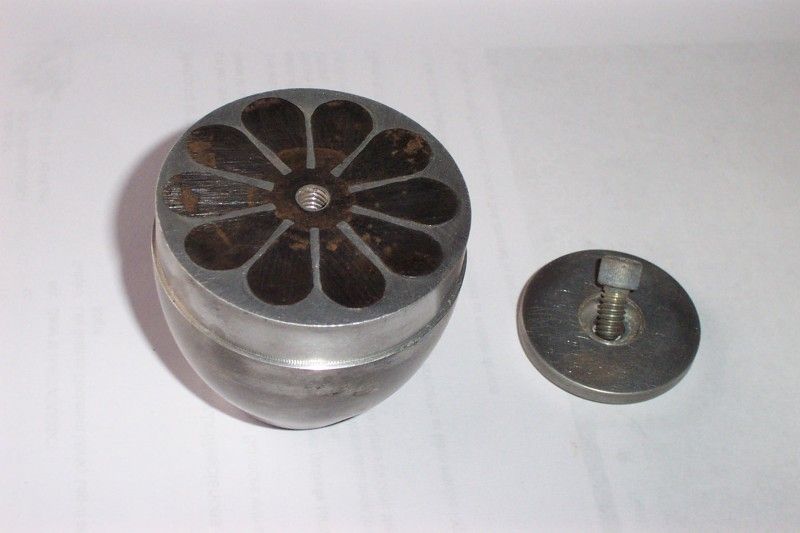Robert Campbell Jr.
Diamond
- Joined
- Aug 20, 2006
- Location
- Hesperia, SoCal
Quote: "It is totally manual of course but so is snapping off a tap." My kind of rationale but with an NC mill to advance it, I'm not sure about the "totally" part.
Somewhere between hacksaw and hexapod, < G&L Variax Hexapod Mill - YouTube > lie all of us and I've no doubt that one of those spots features a profitable machine shop with occasional need for tap disintegration that can justify the time and expense that you describe but not a top of the line machine that could never pay for it'self.
I've no doubt that sharing your easy success will spark similar "accessories" with perhaps a bit more sophistication, (like fluid circulation) and usefulness.
Good for you crossthread, the opposite of one earning a living by hostile take-over but rather a display of the ingenuity that produced something worth taking over! The free world needs to remember.....
Bob

Somewhere between hacksaw and hexapod, < G&L Variax Hexapod Mill - YouTube > lie all of us and I've no doubt that one of those spots features a profitable machine shop with occasional need for tap disintegration that can justify the time and expense that you describe but not a top of the line machine that could never pay for it'self.
I've no doubt that sharing your easy success will spark similar "accessories" with perhaps a bit more sophistication, (like fluid circulation) and usefulness.
Good for you crossthread, the opposite of one earning a living by hostile take-over but rather a display of the ingenuity that produced something worth taking over! The free world needs to remember.....
Bob



 Obligatory caveat: I realize it is a long way from simple technique to actual product you can sell.
Obligatory caveat: I realize it is a long way from simple technique to actual product you can sell.